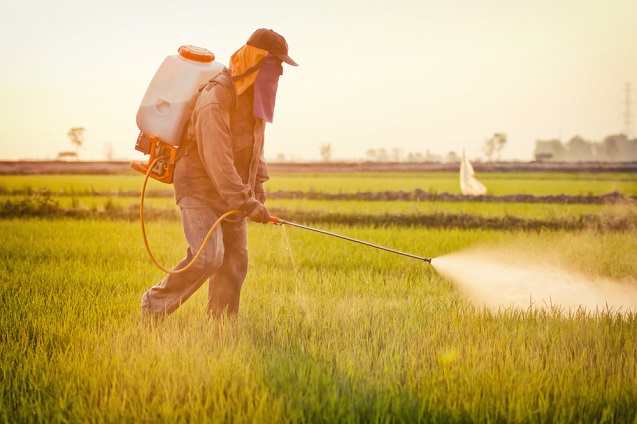
In the spring of 2014, pesticide drift from a pear orchard in Washington State sickened 20 farmworkers in a neighboring cherry orchard. At the end of January 2015, the Centers for Disease Control and Prevention (CDC) published a report about the poisoning, shedding light on the incident. Some of the affected farmworkers were as close as 30 feet from the spraying; others were more than 350 feet away. Within minutes of exposure, 20 workers fell ill, and their crew leader called 911. Sixteen of those 20 sought medical care after receiving emergency care, with symptoms including headache, nausea, eye pain and respiratory issues. Two weeks later, authorities followed up with eight of the workers. Six of them were still exhibiting symptoms from the exposure.
What went wrong? Basically, everything.
The report rightly notes that user error and lack of regulatory oversight were factors contributing to this preventable poisoning, specifically calling out “off-target pesticide drift, toxicity of some recently marketed pesticides, and a gap in worker notification requirements.” But the missteps continued beyond the fields. The clinicians caring for the people who sought further care did not report the exposures to the authorities. How can we learn from the missteps in this poisoning, to prevent exposures in the future? A look at each factor shows that preventing pesticide drift is in our reach.
Off-target pesticide drift is the No. 1 cause of acute pesticide-related illness, as the report stated. Not only are workers in adjacent fields at risk, but the general public is at risk as well.
The pesticide mix used in this incident included three relatively new pesticides, according to the CDC: novaluron, pyridaben and triflumizole. It’s interesting to note that the workers in the pear field were not affected, as they were wearing extensive protective gear and respirators, as required by the pesticide’s label instructions. Even when instructions are properly followed, poisonings can still happen, because our regulations as they stand rarely take into account scenarios in which drift is possible – which is a reality in agriculture.
The report notes that, in previous years, notification of spraying was shared between the two farms, but not this time. A change in management staff may have contributed to the lack of communication. At this point, notification of pesticide application is a courtesy, not a rule. As of now, California is the only state that recommends notification of neighboring farms. Stronger federal regulation regarding notification of spraying is the necessary next step.
Finally, a very troubling part of this story: It almost didn’t get reported to the authorities. In many states, clinicians who see a patient for pesticide exposure are required by law to report the poisoning. Washington State has such a law, as do several other states.
In this case, however, the clinicians who cared for the 16 workers who sought medical care did not inform the Washington Department of Health about the incident. As the report notes, the state’s Department of Agriculture found out from a local reporter. That agency then notified the Department of Health. Such incidences as these require the reporting mechanisms in place to work, in order for clinicians, public health authorities and the general public to track potentially dangerous pesticide hazards, and to determine if further action is needed to protect workers and the public.
While accidents happen, this one was preventable. We at Migrant Clinicians Network believe that clinicians are essential in creating safer workplaces and informing policy decisions. We also recognize that workers, particularly those who put the food on our tables, need stronger regulatory protections to keep them safe on the job.
Join us in defending the truth before it’s too late
The future of independent journalism is uncertain, and the consequences of losing it are too grave to ignore. To ensure Truthout remains safe, strong, and free, we need to raise $17,000 by midnight tonight. Every dollar raised goes directly toward the costs of producing news you can trust.
Please give what you can — because by supporting us with a tax-deductible donation, you’re not just preserving a source of news, you’re helping to safeguard what’s left of our democracy.